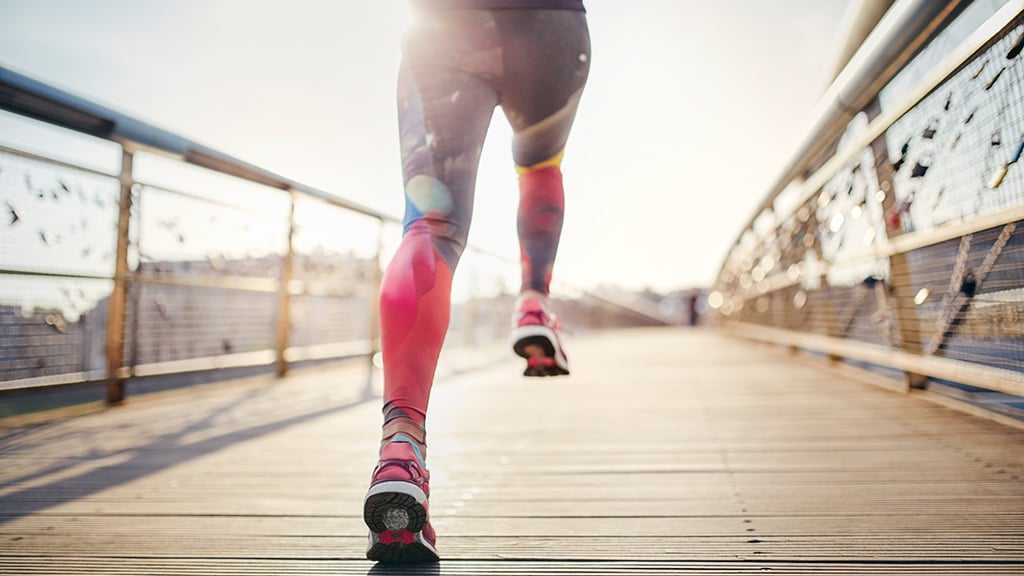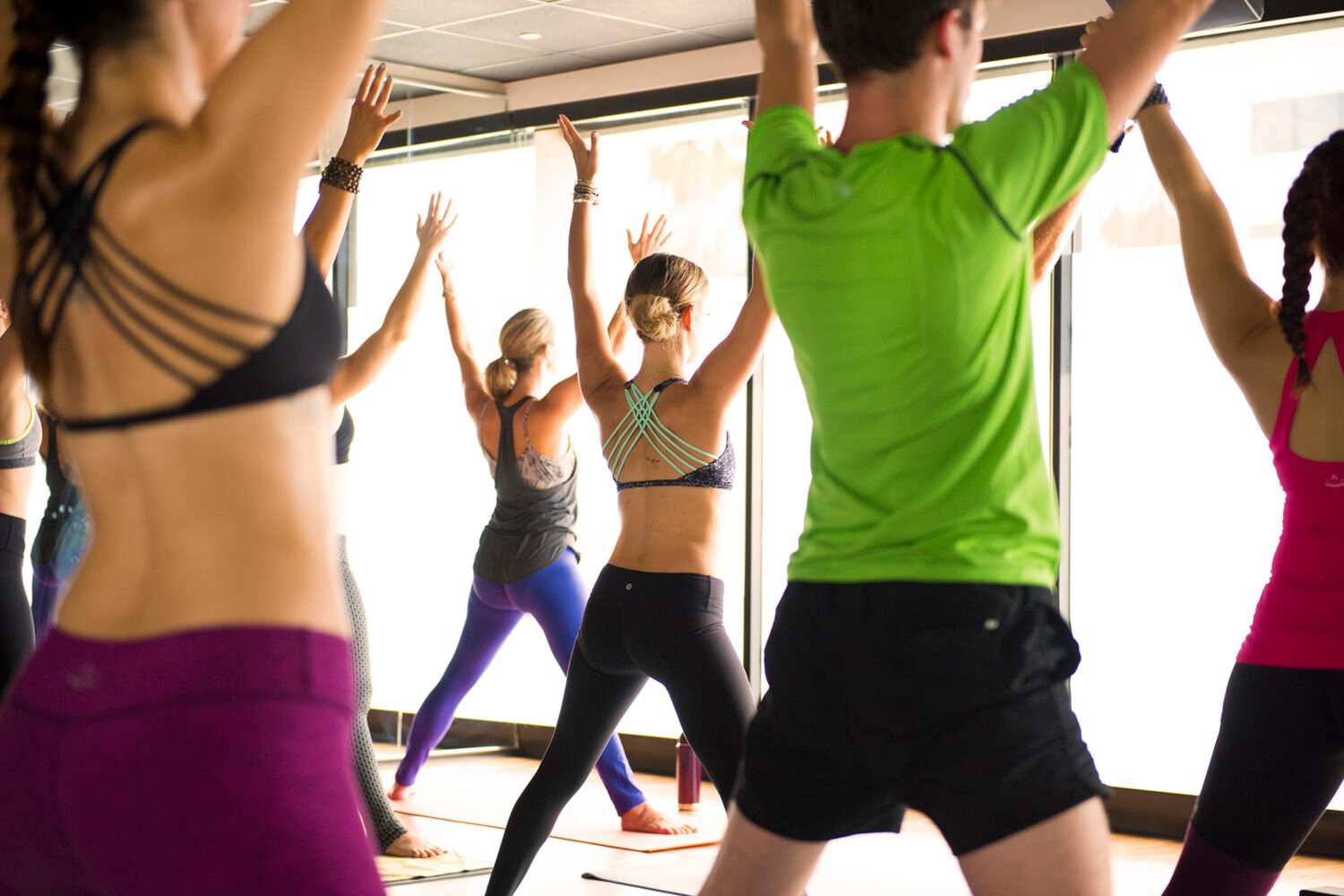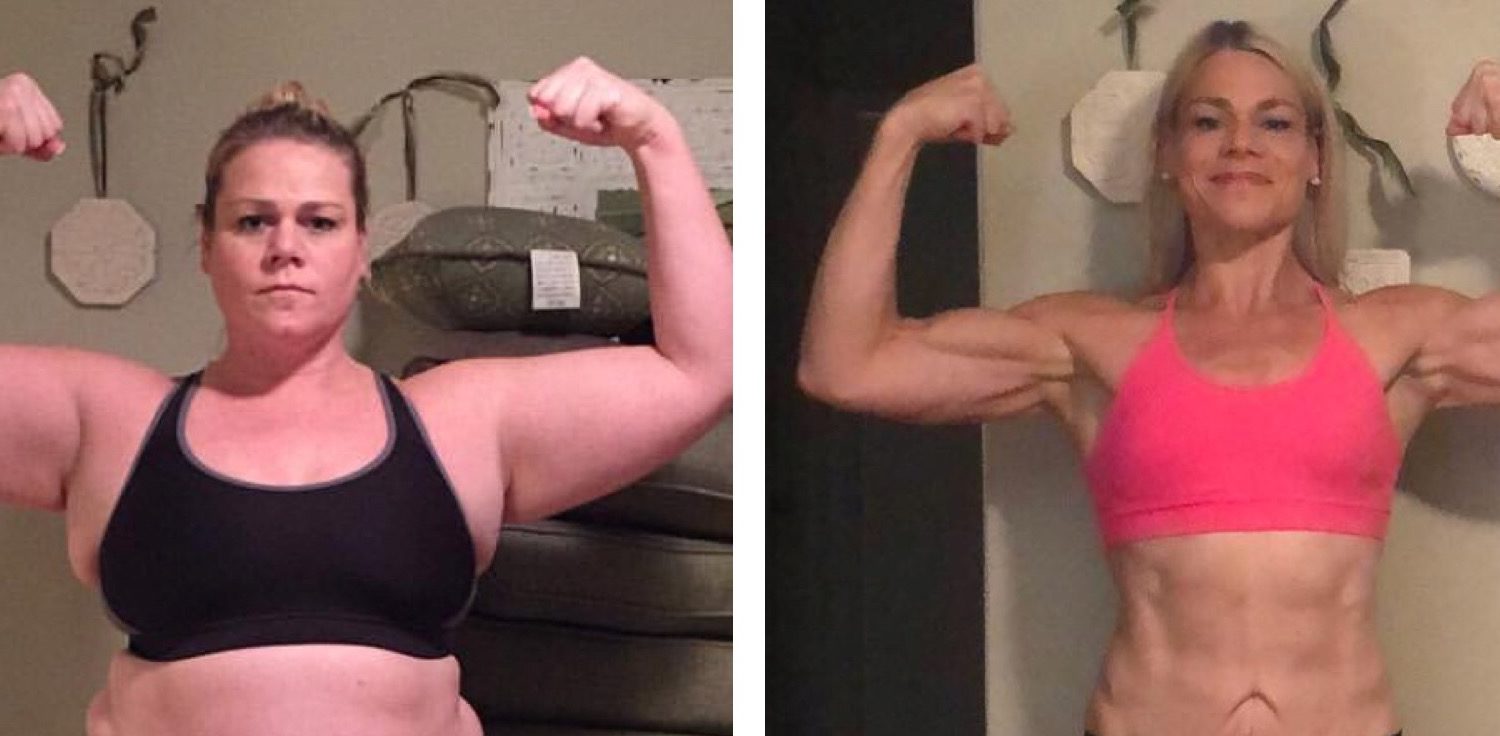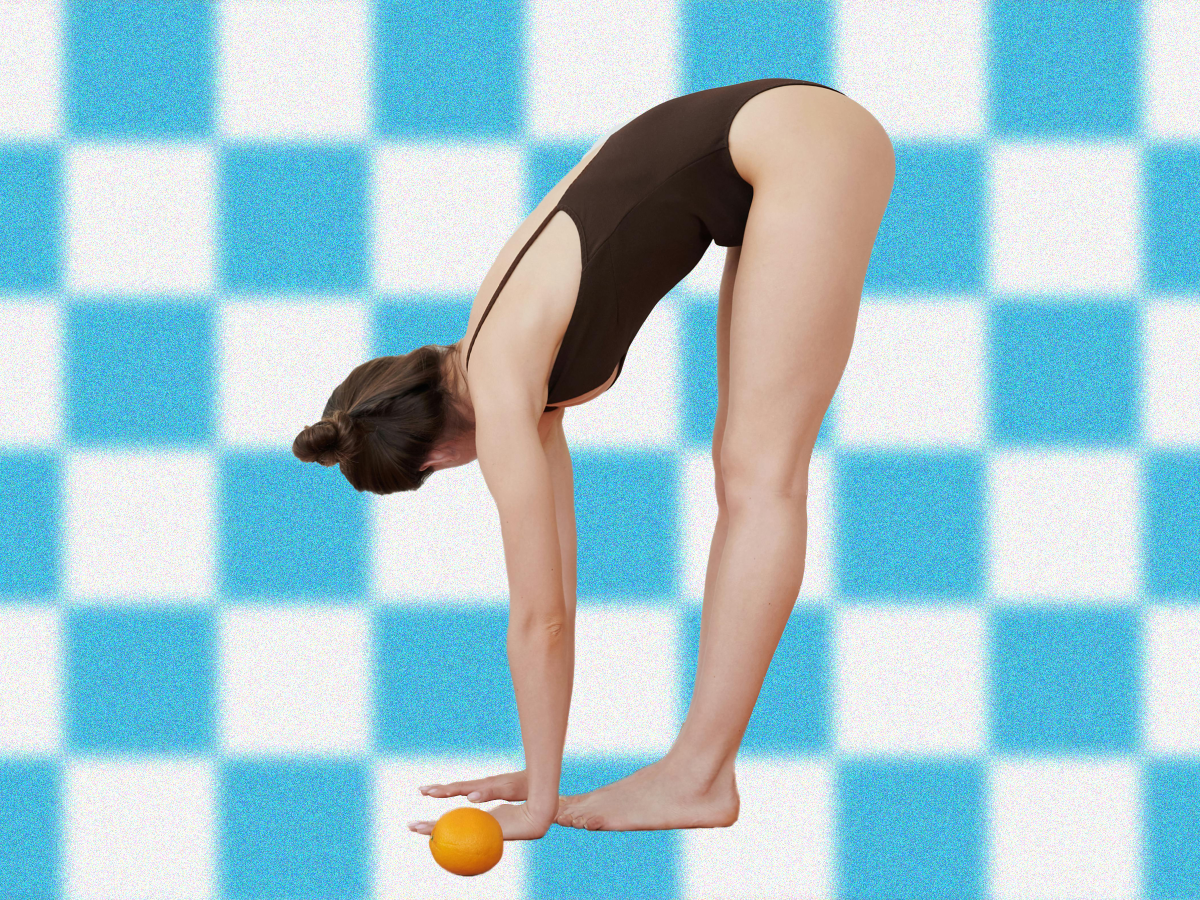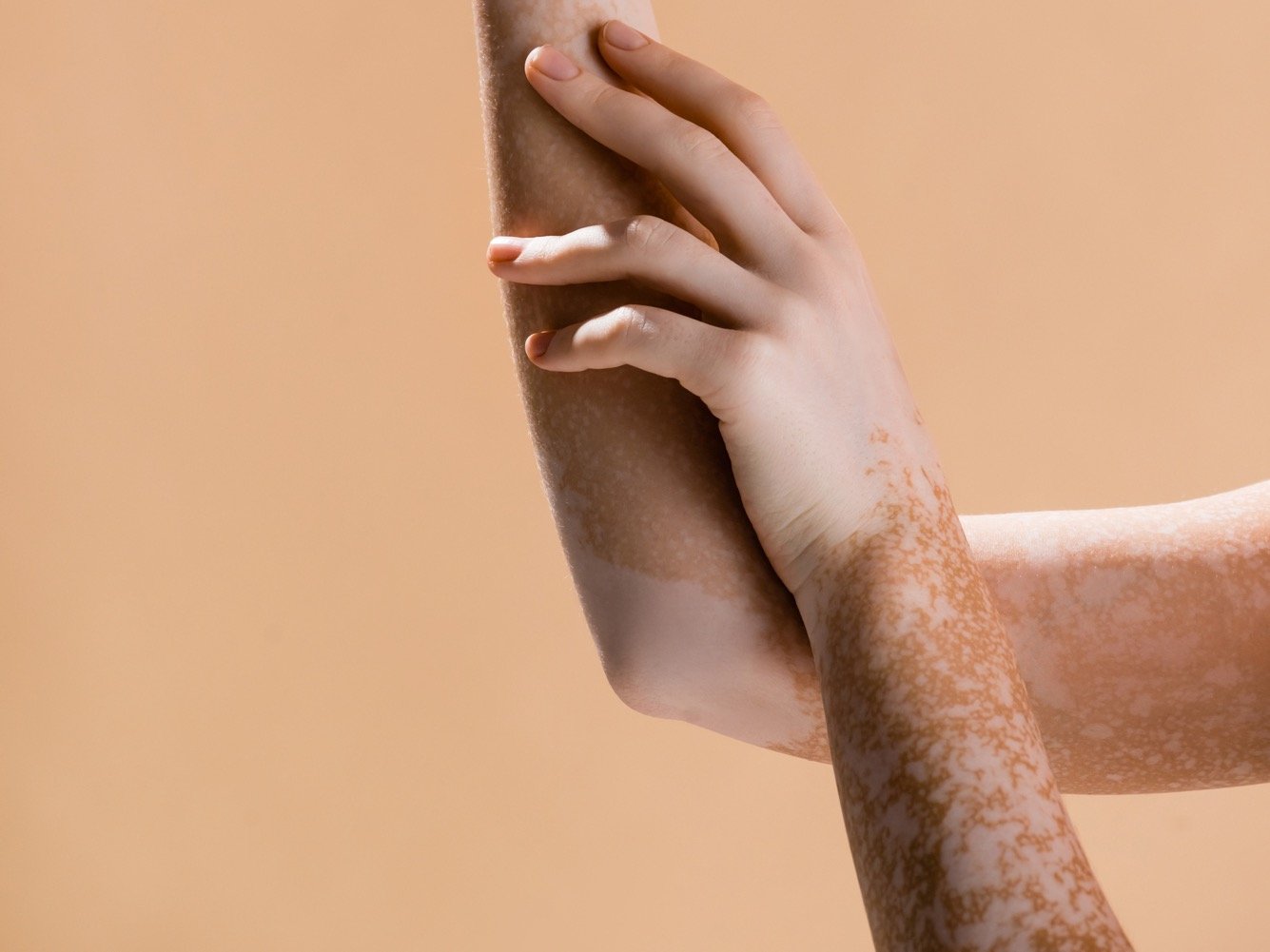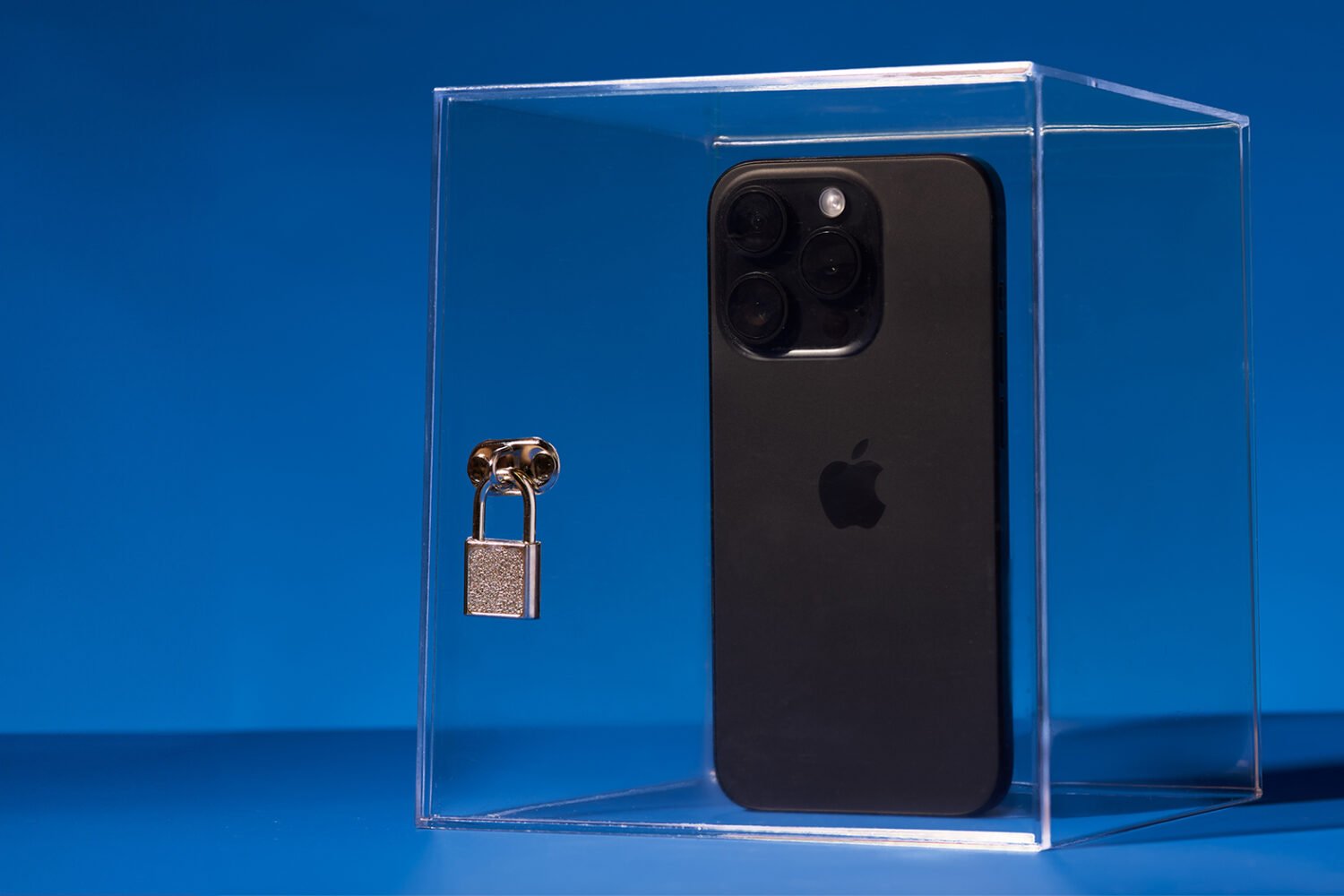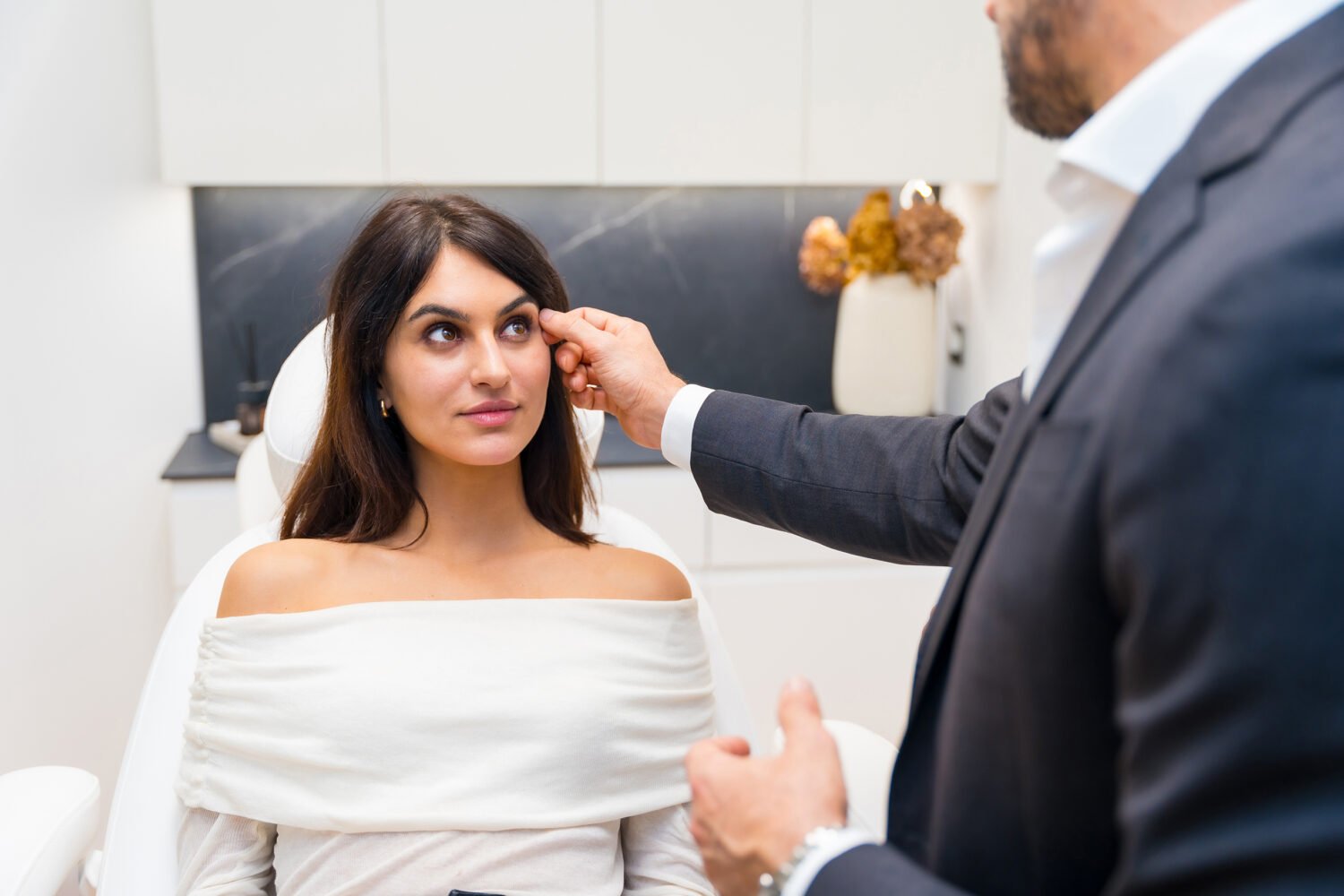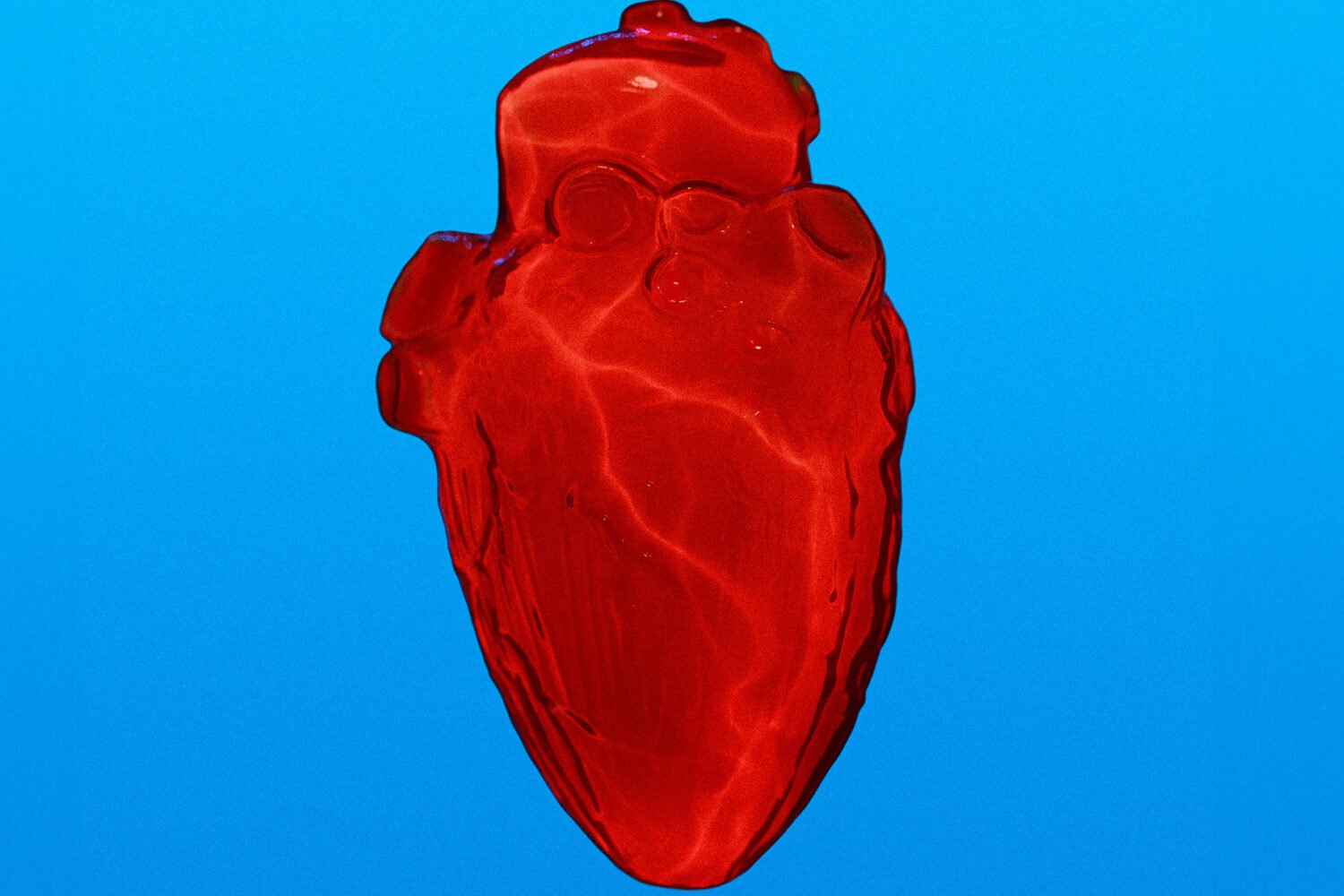Sure, Michelle Obama has famously toned arms. But your legs are the things that get you places, help you stand up for a big presentation at work, and make those Louboutins look sultry.
“Keeping your legs in top shape is a combination of caring for your skin, exercise, and genes,” says Anne Rothman, a dermatologist at Gaithersburg’s Center for Cosmetic and Clinical Dermatology. “A big part of it is having a healthy body in general.”
The ideal look? “Most clients today want long, lean, toned legs,” says Fairfax personal trainer Lynne Maloney. “But you have to work with what God gave you—the most important thing to most people is making them stronger.” Other women seek defined calves but skinny pins overall, à la Kendall Jenner. “The going look is thin but muscular,” says Rothman.
No matter what your definition of great gams, here are ways to get, and keep, them.
1. Exercise Your Options
Shapely legs come from a combination of cardio and strength training or stretching. Cardio—whether jogging, biking, or exercising on an elliptical machine—trims fat and sculpts muscles. “Almost any cardio will tone up your legs, but some are better than others,” says Maloney. “Dance can be great because it moves so many muscles—calves, hips, quadriceps.” Indoor cycling is terrific for shaping calves, while running and stair-stepping target both calves and thighs.
Strength training can help with trouble spots. Maloney suggests working the outer hip and thighs by extending your leg straight out to the side while in an all-fours position, lifting and lowering your legs 32 times each.
“It should only take about 15 minutes a day to really change your legs,” says Maloney. “I’d do a combination of standing moves that target all the different muscles—side lunges, walking lunges, side leg lifts, and pulsing squats with your knees and toes turned out. The last will target your inner thighs.” Another way to target inner thighs: Lie on your back with your legs straight up, perpendicular from your hips, then bring your legs apart and use your inner thigh muscles to pull the legs together.
Pilates, yoga, and ballet-barre classes help with overall toning and range of motion. “These are what I call multiplanar movements, which work the body in multiple directions at a time,” says Suzie Carmack, a lecturer in American University’s Department of Health Studies. Such balanced routines result in legs that are shapely but not bulky. For example, in yoga, says Carmack, tree pose engages hips and hamstrings; dancer pose helps quads and hips.
Related: 7 Surprising Ways to Exercise in DC This Summer
2. Shield Them From the Sun
Yes, tanned legs can make you look and feel beachy and glam in a “Girl From Ipanema” way. But you want to protect them from dangerous rays, to keep them looking young and to prevent skin cancer. “Legs are the number-one place for women to have melanoma,” says Rothman. “Using sunblock daily and having an annual skin check is so important.” Instead, get golden from a do-it-yourself tanner like Jergens Natural Glow lotion or from airbrush tanning at a salon.
3. Oil Them Up
At fashion shows and fashion shoots, the biggest trick to make a model’s legs look prettier is a rubdown with lotion or oil. “I slather coconut oil on my legs right before I do a runway show,” says Yun Shen, a Reston model with DC’s THE Artist Agency. “It makes them look nice and dewy.” Getting rid of dead skin first—especially in winter, when skin is dehydrated—can help lotions and oils penetrate better. “I exfoliate my legs once a week with a gentle scrub in the shower,” says Ada Polla, the District-based CEO of the Swiss-American skin-care line Alchimie Forever. (Shaving legs also helps control dead, dry skin.) Apply any cream or oil just after showering, when your pores are open and skin is more receptive.
4. Hair: Take It All Off
In American culture, smooth, hairless legs are the beauty ideal. To de-fuzz, shaving is the cheapest and quickest MO—just be sure to change blades often (twice a month, says Rothman) to minimize cuts and scrapes. Waxing can create a smoother appearance, but it costs and hurts more than shaving. Laser hair removal, which kills hair at the root, results in the sleekest surface because there’s minimal regrowth and the pores on your legs seem to disappear.
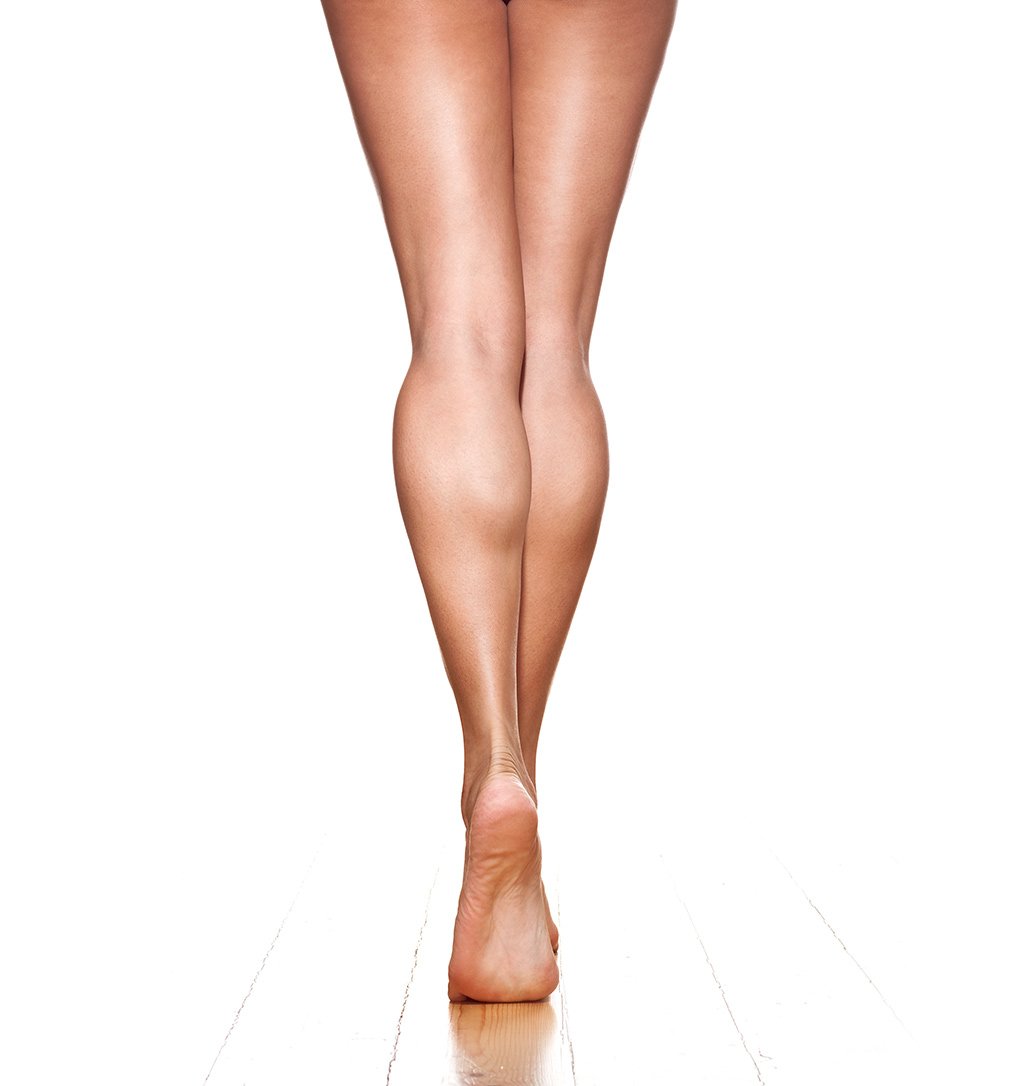
5. Combat Cellulite
According to a much-cited study in the Journal of the European Academy of Dermatology and Venereology, 80 to 90 percent of women have cellulite—fat that appears bumpy due to contact with connective tissues—most commonly on thighs, buttocks, and hips. Many products and treatments target it, but as of yet nothing has been proven to get rid of it permanently.
“Cellulite is probably the tough-est thing to combat,” says Rothman. “It’s about the tissue that holds your fat in, and that can only be changed so much.” To battle the cottage-cheese-like scourge, dermatologists and aestheticians use FDA-approved treatments that aim to either smooth or remove fat cells. Cellfina ($2,500 to $5,000, depending on area treated) involves a doctor removing dimples with a tiny needle. Other treatments such as VelaShape (starting at $600) utilize laser and massage to reduce the appearance of lumps and bumps. Still, the treatments can only diminish the appearance of cellulite, not banish it completely. The same goes for at-home creams, which use ingredients such as caffeine and retinol to tighten and temporarily smooth skin.
While exercise can’t get rid of cellulite per se, losing weight and fat cells may minimize the visible dimpling on your thighs and butt.
6. Banish Varicose and Spider Veins
Several options exist for treating unsightly and sometimes painful veins on legs. Larger varicose veins can be zapped with a combination of phlebectomy, in which bulging veins are extracted via tiny incisions, and either laser or radio-frequency ablation (administered via a small catheter), which damages the vein and makes the body reabsorb it. Spider veins—unattractive but often not uncomfortable—are generally removed through sclerotherapy, in which solutions are injected into the veins that cause them to collapse and fade.
“In either case, it’s not terribly painful and patients can go back to normal activities right after the procedure,” says James Laredo, a vascular surgeon at George Washington Medical Faculty Associates. Insurance pays for varicose-vein treatment if it’s deemed a medical issue; spider-vein treatments, considered cosmetic, aren’t usually covered. According to the American Society of Plastic Surgeons, the average cost of a sclerotherapy treatment is $344. For both procedures, multiple treatments and follow-ups are common. “The veins that are treated are gone forever, but new veins can always develop,” says Laredo.
7. Dress to Impress
As the saying goes, “If you’ve got it, flaunt it.” Dresses and skirts are generally most flattering to the legs when hems end just above or just below the knee so the thickest part of most legs (upper thigh) is camouflaged and the slimmest, usually most shapely part (calf) is emphasized. “And even if you don’t wear a high heel, a nude-colored shoe can make your legs look longer,” says Shen. Spider veins or a little cellulite making you skirt-phobic? Fashion insiders swear by the flaw-camouflaging magic of nude-colored, fine-wale fishnet stockings. (Spanx sells a good pair for $32.)
When it comes to choosing pants, dark colors make legs look slimmer. Pairing skinny, dark pants with a longer top that skims just over the hips creates a forgiving silhouette on many women because the top deemphasizes the upper thighs. Wide-leg pants and flared trousers—both of which are trending again—can also be leg-flattering. If you’re petite and curvy, stick to flares (to the ground, not cropped, which make you look shorter) to balance hips and thighs. Wide-leg pants can bring Katharine Hepburn glamour (and make legs look miles long), but they’re best on women who are five-foot-six or taller; shorter women often look dwarfed.
8. Walk the Walk
Confidence and an attractive gait can help you strut your hot legs like Taylor Swift. Runway vet Shen describes the model walk: “A long stride that comes from the hip and then lands at the feet, using your entire leg, all done while looking comfortable and in charge.”
This article appears in our April 2016 issue of Washingtonian.

